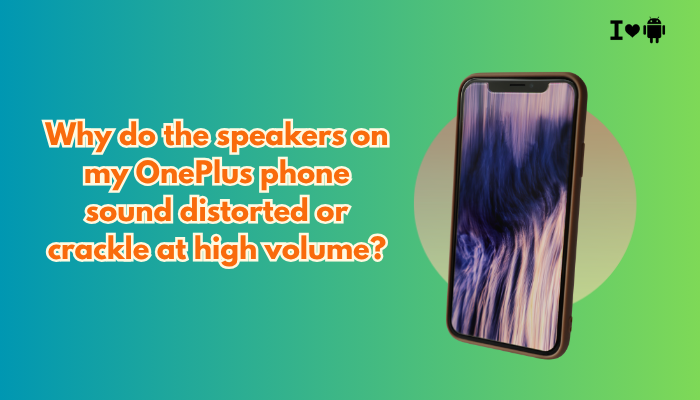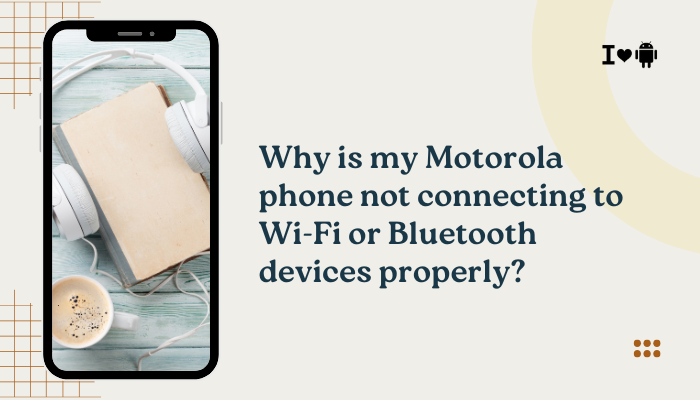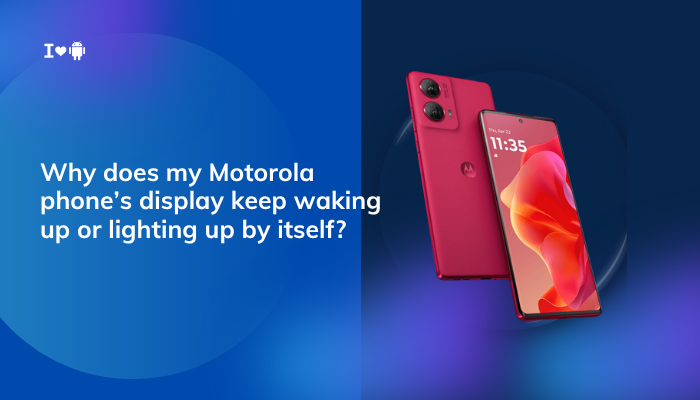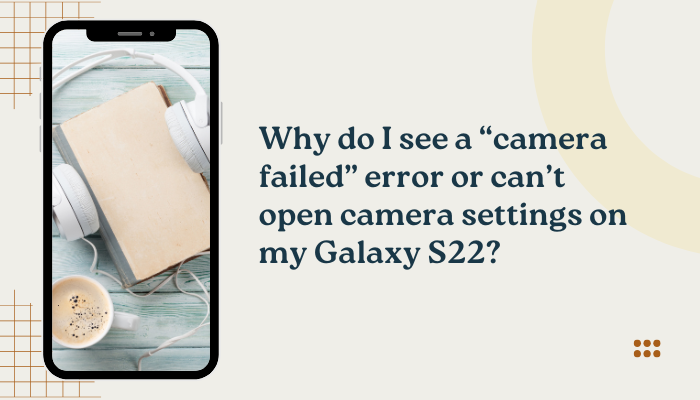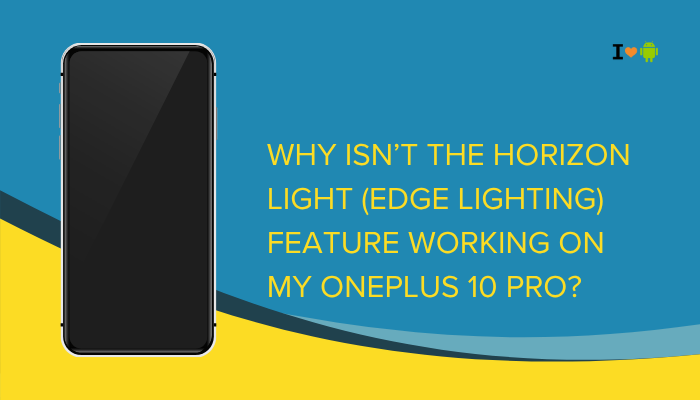The Pixel 7a is a feature-rich smartphone powered by Google’s in-house Tensor G2 chip, offering AI-driven performance and seamless integration with Android. However, many users have reported overheating issues during daily use—whether while charging, gaming, using the camera, or even performing simple tasks like web browsing. While some level of heat is expected in modern smartphones, excessive or frequent overheating is not normal and can impact device longevity, performance, and user comfort.
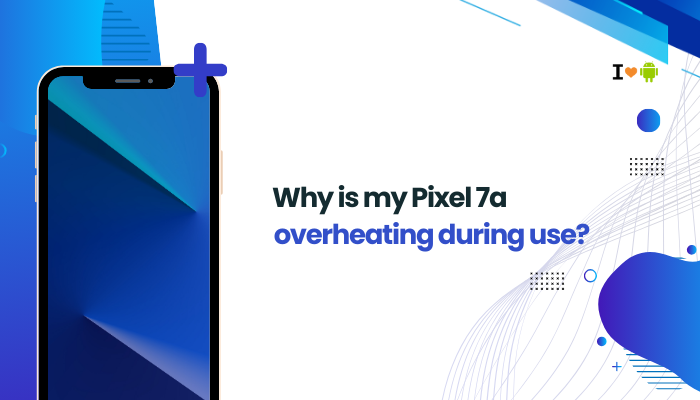
Common Causes of Pixel 7a Overheating
Google Tensor G2 Chipset
The Pixel 7a is powered by the Tensor G2 processor, which is known for its impressive AI capabilities—but also for running warmer than other chips like Qualcomm’s Snapdragon series.
- The chip focuses on real-time AI, voice processing, and camera enhancements, all of which are power-intensive.
- Sustained tasks like photo processing, speech recognition, or background syncing can generate heat quickly.
High Ambient Temperature
Using the device in a hot environment—like direct sunlight, outdoors, or inside a parked car—can cause rapid temperature rise.
- OLED screens and the Tensor G2 chip are especially sensitive to heat buildup.
- Charging the phone in warm conditions can amplify heat accumulation.
Resource-Heavy Apps or Gaming
Intensive apps like:
- 3D games (e.g., PUBG, Genshin Impact)
- Video editing tools
- AR/VR apps
- Video calls on Zoom or Google Meet
…cause continuous CPU and GPU use, which in turn leads to overheating.
Extended Camera Use or 4K Recording
Using the camera for long durations, especially in 4K or HDR modes, can make your Pixel 7a hot.
- Tensor’s image processing pipeline consumes significant power.
- Many users notice overheating during long photo sessions or video shoots.
Background App Activity
Apps running in the background can silently drain the battery and heat up the device:
- Social media apps (e.g., Facebook, Snapchat)
- Cloud backup tools (e.g., Google Photos syncing)
- GPS/location services
- Background data syncing
Charging Habits and Accessories
Using the phone while charging or using incompatible fast chargers can cause:
- Temperature spikes
- Battery stress
- Longer charging times due to heat throttling
Using non-certified third-party chargers or wireless pads may worsen the issue.
Recent Software Updates
Some system updates may temporarily increase background activity, causing the device to heat up:
- Reindexing files
- Google Photos or Drive sync
- App optimization post-update
Usually, this resolves within 24–48 hours.
How to Fix Pixel 7a Overheating Issues
Update System and Apps
Make sure your Pixel 7a is running the latest software:
- Settings > System > System update
- Update apps via Google Play Store
Google frequently pushes thermal management and performance tweaks through software updates.
Restart and Close Background Apps
A simple reboot can stop apps running wild in the background:
- Restart your phone regularly
- Swipe up and close unused apps from the recent apps screen
- Go to Settings > Battery > Battery usage to see which apps are using the most power
Restrict or uninstall unnecessary high-drain apps.
Avoid Using Phone While Charging
To prevent overheating:
- Let the phone charge idle—avoid gaming or streaming
- Use the original 18W Google charger or certified alternatives
- Avoid covering the phone or placing it on soft surfaces while charging
Lower Display Brightness and Refresh Rate
High brightness and 90Hz refresh consume more power:
- Settings > Display > Brightness level – reduce manually
- Settings > Display > Smooth display – toggle OFF to stay at 60Hz
This can significantly reduce screen-related heating.
Disable Unused Features
- Turn off Bluetooth, Wi-Fi, or Location if not needed
- Disable “Hey Google” voice detection if not used frequently:
- Settings > Google > Google Assistant > Hey Google & Voice Match
Use Battery Saver Mode
This mode limits background activity and performance to reduce power consumption:
- Settings > Battery > Battery Saver > Turn On
- Consider scheduling it when battery is low or when traveling in hot conditions
Avoid Direct Sunlight or Hot Environments
Keep your phone out of direct sunlight and away from heat sources:
- Don’t leave your phone on car dashboards
- Use indoors or in shade whenever possible
- Remove the phone from thick or insulating cases during overheating episodes
Clear Cache and Unused Apps
- Go to Settings > Storage > Free up space
- Uninstall apps you don’t use
- Consider clearing system cache via recovery mode if overheating persists
When to Contact Google Support
If your Pixel 7a:
- Overheats even during basic tasks like texting or browsing
- Shuts down or dims the screen due to thermal warnings
- Gets extremely hot during idle use
- Shows battery swelling or physical deformation
…it may be a hardware issue. Contact Google Pixel Support or visit an authorized service center. If your device is under warranty, you may be eligible for a repair or replacement.
Conclusion
While some heat generation is normal during heavy use or charging, excessive or frequent overheating on your Pixel 7a is not. The Tensor G2 chip and OLED display are powerful but can run warm without proper management. Fortunately, most causes of overheating are tied to software behavior, environmental conditions, or user habits—and can be addressed with simple changes.
Keep your phone updated, avoid heavy multitasking during charging, use battery saver modes, and be mindful of environmental temperatures. If overheating continues despite these fixes, don’t hesitate to reach out to Google Support for a deeper diagnosis.

